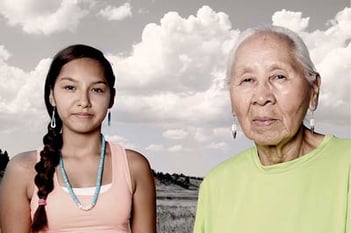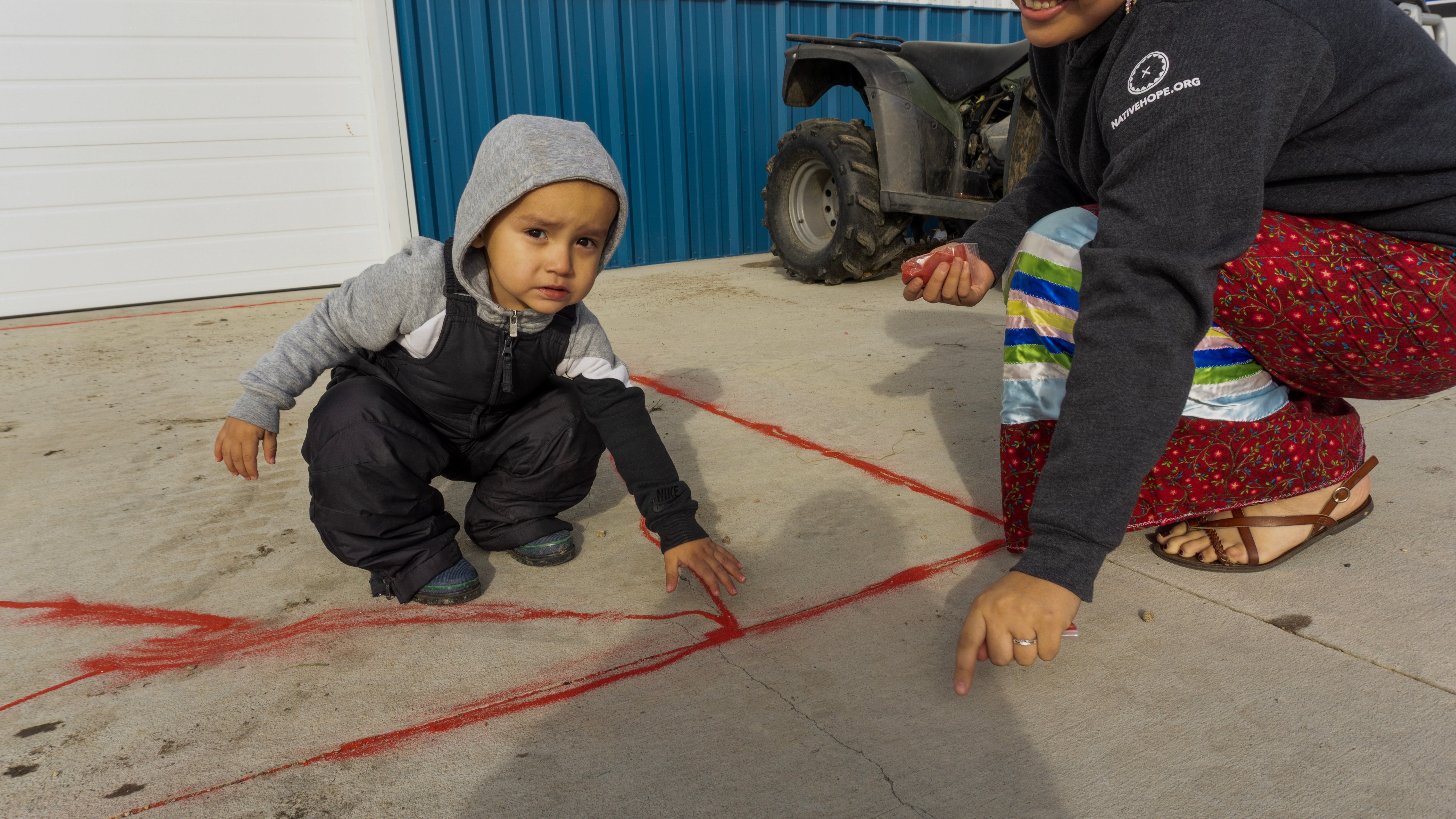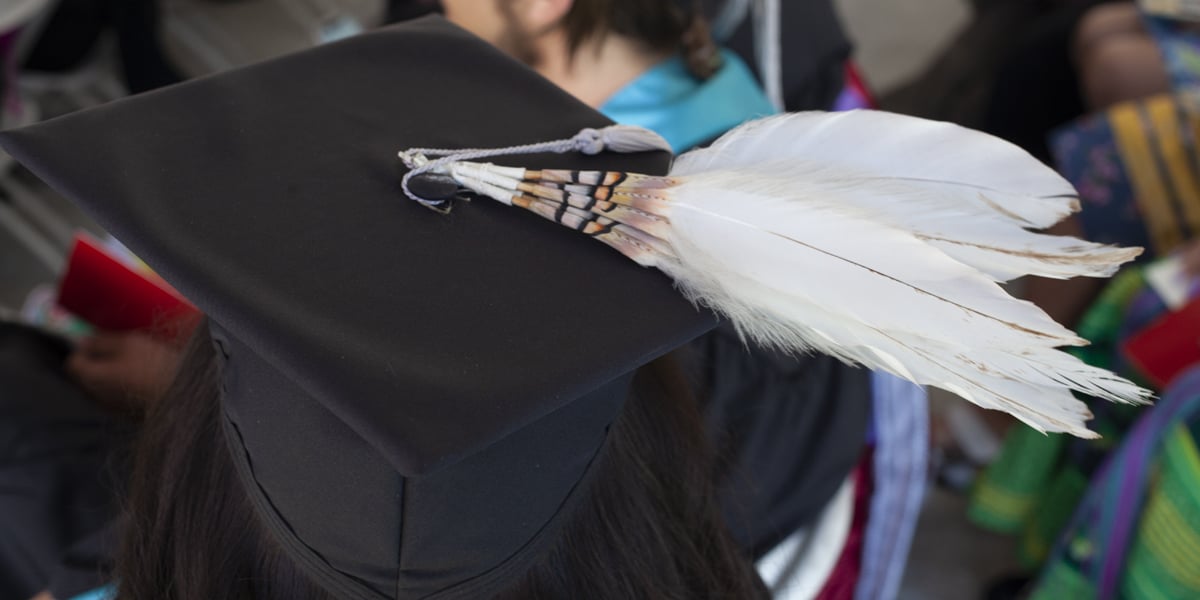Mar 7, 2023 | Native Hope
March is Women's History Month, and March 8 is International Women's Day, so we wanted to highlight inspiring Native American women who have impacted the world around them, both past and present. The historical significance of Native American women is one of beauty and power.
Traditional roles of women

Traditionally, American Indian women played an essential role in their tribal communities. In fact, in most cases, the women were not only in charge of the more traditional matriarchal roles within the tribe, but were also in charge of gathering materials and then building the homes for everyone. This is an astonishing achievement, particularly for the women of their time. The men honored the women for being the source of life and for providing a feeling of fortitude, balance, and harmony to their lives.
In Native cultures and tribes, men's and women's responsibilities were equally crucial to the functioning, even the survival, of their societies. Consequently, both men and women were respected for doing their jobs well. Women were held in high esteem for their craft work, and they were revered for their important role in the healing practices.
Native American women of the past
Sara Kettler’s article 5 Powerful and Influential Native American Women which highlights the lives of female ground-breakers from the late 1700s and early 1800s. These women fought the European colonial stigma that women, nor matter what the race, were subservient to men.
-
- Nanye-hi, a Cherokee, proved that women are equipped to be apt warriors and diplomats. She led the Cherokee people to success in battle over the colonists, sat on the Council of Chiefs, and fought for her land until she died in 1822.
- Sacagawea, a Shoshone, provided the Lewis and Clark Expedition with much more than translation—her presence meant success. She negotiated with tribes, located medicinal plants, foraged food, and much more.
- Sarah Winnemucca, a Northern Paiute, learned several languages including English and Spanish, which made her a valuable interpreter and advocate for her people.
- Lozen, an Apache, fought alongside her male counterparts: Victorio and Geronimo. Although she died in imprisonment, Lozen was known for her cunning and bravery.
- Susan La Flesche (Bright Eyes), an Omaha, became the first female Native American physician in the United States. Not only was she a champion for improving healthcare for Native people but also for Native American civil rights.
- Zitkála-Šá (Red Bird), Yankton Dakota, advocated and fought for women's and Native American voting rights. Between 1911-1918, she lectured across the country criticizing assimilation and promoting Native culture. Zitkála-Šá wrote the first Native American opera The Sun Dance Opera in 1913 produced by Brigham Young University.
- Maria Tallchief, Osage, moved to New York City at 17 and became America's first prima ballerina. She is best known for her work with the New York City Ballet from 1949-1965. She starred in many famous ballets; in fact, "she was the first Sugar Plum Fairy in Balanchine’s 1952 original production of 'The Nutcracker.'"
- Pine Leaf, Crow, became one of the most formidable Native American chiefs of her time. She was kidnapped by the Crows in Montana at age 10. Her defense of her people and rearing of warriors was liken to the Amazons of European myth.
- Marcella LaBeau, Cheyenne River Lakota and nurse serving 80 years, including WWII.

While these women accomplished amazing feats in their time, things became increasingly more difficult for Native women in the following decades.
Throughout the passing generations, the role of Native American women became blurred. This is a result of the struggles prevalent on reservations today, the direct trauma of assimilation.
Native American women of today
Today, Native women are speaking up to lead the charge for the women of Indian Country.-
- Deb Haaland, Laguna Pueblo, U.S. Congresswoman and first Native American U.S. Secretary of Interior
- Sharice Davids, Ho-Chunk and U.S. Congresswoman
- Ashley Callingbull-Burnham, Cree First Nations and Mrs. Universe 2015
- Wilma Mankiller. Cherokee and the first female Principal Chief of the Cherokee
- Joy Harjo, Muscogee and 23rd Poet Laurette of the United States
- Matika Wilbur, Swinomish and Tulalip and founder of the visual Project 562
- Elouise Pepion Cobell, Blackfoot and founder of the first American Indian-owned national bank
- Robin Wall Kimmerer, Potawatomi and Professor of Environmental and Forest Biology
The rise of the statue of dignity
Dignity of Earth and Sky, a 50-foot stainless steel statue, is a testament to this changing tide. The statue depicts of a Lakota wiyan (woman) draped in a star quilt, overlooking the Missouri River in Chamberlain, South Dakota. Dale Lamphere, the artist laureate of South Dakota who designed and created Dignity, states, “Dignity represents the courage, perseverance and wisdom of the Lakota and Dakota culture in South Dakota. My hope is that the sculpture might serve as a symbol of respect and promise for the future.”

Lamphere spent years researching the project and says, "I'm humbled and so grateful to have this chance to contribute to the future landscape of South Dakota and the Great Plains."
"I believe that she was sent here to open our hearts and our minds. Her outstretched arms are inviting us into her blanket where we can learn from each other, acknowledge our differences, and celebrate our similarities." -State Senator Troy Heinert of Mission, South Dakota, a member of the Rosebud Sioux Tribe
Every community has powerful women seeking change. They are empowering youth and others to embrace their identities and follow their dreams. Native Hope supports their efforts and voices.






COMMENTS